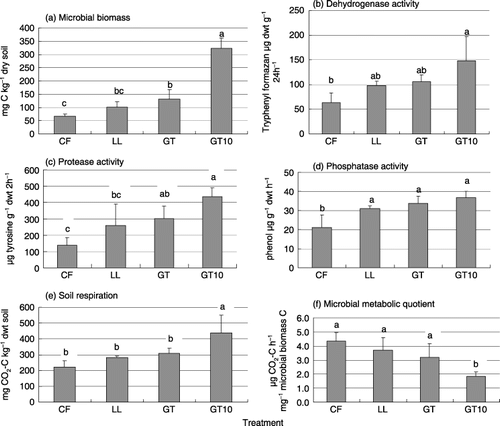Figures & data
Figure 2 Schematic diagram of plant material, liguid residue and the golf course microcosms simulated using plastic containers. CF, chemical fertilizer.
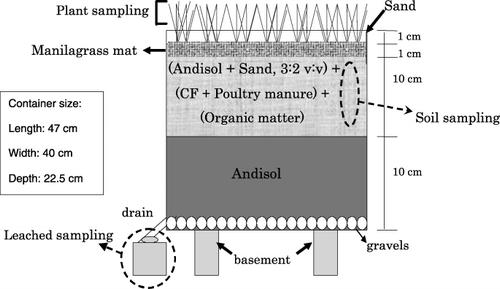
Table 1 Amount of plant material, liquid residue and fertilizer applied per m−2 in the different treatments
Figure 3 (a) Sampling times and main management during the experiment until 1 October 2005 and (b) rainfall until 26 June 2005. CF chemical fertilizer; GT + FL, 3.2 L m−2 of liquid residue was diluted 10-fold and applied as fertigation six times, once per week, starting 1 month after transplanting in addition to 1 kg m−2 steam-treated grass clippings.
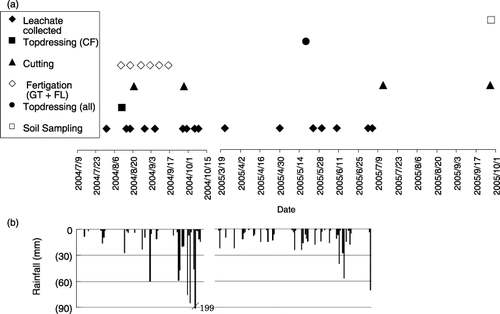
Table 2 Chemical properties of the soil
Table 3 Chemical properties of the organic matter
Table 4 Chemical properties of the liquid residue
Figure 4 Dry matter of grass clippings in different treatments during two cuts in 2004 and two cuts in 2005. Statistical analyses of total dry matter: least significant difference (P < 0.05). The treatments GT + BL and GT + FL were only conducted at the first and second cuttings. CF, chemical fertilizer; LL, commercial leaf litter; GT, 1 kg m−2 steam-treated grass clippings; GT10, 10 kg m−2 steam-treated grass clippings; GT + BL, 6 L m−2 liquid residue was applied once as basal fertilizer in addition to 1 kg m−2 steam-treated grass clippings; GT + FL, 3.2 L m−2 of liquid residue was diluted 10-fold and applied as fertigation six times, once per week, starting 1 month after transplanting in addition to 1 kg m−2 steam-treated grass clippings.
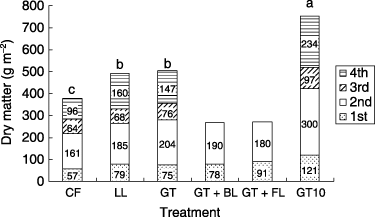
Figure 5 Changes in drainage water (a) pH, (b) electrical conductivity (EC), (c) nitrate concentration and (d) ammonium concentration. Error bars in EC, pH and ammonium concentration are the standard deviation, and in nitrate concentration the error bars indicate the least significance difference values at P < 0.05. Leached samplings: 1∼9 in 2004 and 10∼16 in 2005.
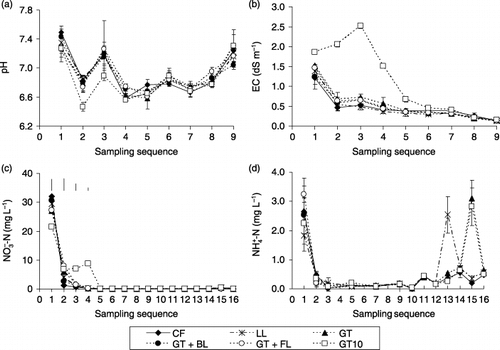
Table 5 Total carbon and nitrogen, extractable carbon and pH in the surface layer (4–10 cm) sampled at the end of the growing season in 2005
Figure 6 Soil biochemical and microbiological properties in the surface layer (4–10 cm): (a) microbial biomass carbon, (b) dehydrogenase activity, (c) protease activity, (d) phosphatase activity, (e) soil respiration and (f) microbial metabolic quotient. Values with the same letter are not significantly using least significance difference values at P < 0.05. Error bars indicate standard deviation. Note: Soil respiration refers to the cumulative carbon mineralized during the incubation period. CF, chemical fertilizer; LL, commercial leaf litter; GT, 1 kg m−2 steam-treated grass clippings; GT10, 10 kg m−2 steam-treated grass clippings.
